Commentary: The Trump administration is ignoring far-right terrorism. That only makes it more dangerous
Published in Op Eds
Intelligence chiefs testified recently on Capitol Hill about the U.S. intelligence community’s newly published annual threat assessment. In a stark departure from previous reports, this year’s assessment began with an overview of the threats posed by criminal organizations, including drug cartels and transnational gangs, before moving on to detail the challenge of countering jihadist groups like the Islamic State and al-Qaida and their worldwide networks.
Before moving on to traditional state-based threats embodied by China, Iran and others, the section on nonstate actors concludes with an analysis of cybercriminals, hackers and online fraudsters using ransomware.
But conspicuously absent from the report is any mention of transnational far-right extremists, including neo-Nazis, white supremacists and others animated by racial or ethnic hatred. This is the same ideology promoted by Anders Breivik, a Norwegian white supremacist who slaughtered 77 people in Norway in 2011, and Brenton Tarrant, an Australian far-right extremist who attacked two mosques in Christchurch, New Zealand, in 2019, killing more than 50 people and wounding more than 40 others.
The decision to exclude any mention of far-right terrorism is not necessarily surprising, given President Donald Trump’s support for certain political terrorists and political violence. But ignoring these threats will not make them go away.
The United States is no stranger to far-right extremist terrorism, which reared its ugly head at a synagogue in Pittsburgh in October 2018; again at a Walmart in El Paso in August 2019; and at a supermarket in a predominantly African American section of Buffalo, N.Y., in May 2022. The perpetrators of each of these attacks engaged with far-right propaganda online and subscribed to some version of the Great Replacement theory, also advocated by Breivik and Tarrant, which conjures a global cabal of Jews and elites actively looking to replace the white Christian population with ethnic and religious minorities.
It should not be surprising that the first annual threat assessment from this Trump administration ranks gangs and cartels as the top danger, given the president’s emphasis on deportations. But to go further by completely omitting far-right terrorists fundamentally ignores a core threat to American democracy.
Just a year earlier, the 2024 threat assessment explained that “the transnational racially or ethnically motivated violent extremists (RMVE) movement, in particular motivated by white supremacy, will continue to foment violence across Europe, South America, Australia, Canada, and New Zealand inspiring the lone actor or small-cell attacks that pose a significant threat to U.S. persons.” There’s no reason to think that threat has disappeared.
While intelligence community threat assessments should always remain politically neutral, it seems evident that the Trump administration put its thumb on the scale to influence the analysis, generating a result that directly reflects Trump’s policy priorities.
More recently — and at the urging of Trump’s consigliere du jour, the Tesla chief executive Elon Musk — those priorities have included labeling attacks against Tesla dealerships as domestic terrorism.
During his first term in office, Trump largely ignored the threat posed by far-right extremists and suggested that he would look into designating far-left movements like antifa as terrorist organizations. (A mountain of evidence shows that the threat from the far right was far more lethal.)
The latest intelligence community assessment follows the unprecedented decision to label Mexican drug cartels and Venezuelan and Salvadoran gangs as foreign terrorist organizations. There is no doubt that these groups are violent and dangerous, but they are motivated by profit, not politics, and as such, are more accurately characterized as criminals, not terrorists.
However, the designation of Venezuelan crime ring Tren de Aragua as a terror group served as a (controversial) basis for the Trump administration to use the Alien Enemies Act to deport Venezuelan nationals — some of whom have been reported as having no ties to the group, and at least one of whom had legal status and was protected from deportation by a court order that the administration ignored.
In his first few months in office, Trump has intimidated opponents in politics and media, cowed powerful law firms and even co-opted tech titans who were once among his loudest critics. But distorting the intelligence community’s threat assessment represents a special kind of danger.
One of the core aspects of the relationship between intelligence officials and policymakers in constitutional federal republics like the United States is that the intelligence community should exercise autonomy and be immune to the politics of the day. While the president has every right to reorder his priorities, the intelligence community should not weigh threats more significantly based on the president’s perceptions or wishes. If our country learned anything from the Iraq war debacle, it’s that policymakers should not influence intelligence community analysis.
The danger is apparent not only in the distorted assessment but also in personnel decisions and allocation of resources. Even before the White House’s Department of Government Efficiency began to jettison entire agencies of the federal government, a shift was underway in which resources and personnel were being moved away from counterterrorism and toward strategic competition with near peers like China and Russia.
Now, almost overnight, tens of millions of dollars in funding earmarked for research studying radicalization, violent extremism and terrorism prevention has been cut. That includes a $3-million database that was maintained by researchers to track and study domestic terrorism threats.
The Trump administration’s actions — the loss of personnel and funding, the politicization of counterterrorism — leave the U.S. much more vulnerable to an attack than at any time in recent memory.
____
Jason M. Blazakis, a professor of practice at the Middlebury Institute of International Studies, was director of the State Department’s Counterterrorism Finance and Designations Office in the Bureau of Counterterrorism from 2008 to 2018. Colin P. Clarke is the director of research at the Soufan Group, an intelligence and security consulting firm based in New York City.
_____
©2025 Los Angeles Times. Visit at latimes.com. Distributed by Tribune Content Agency, LLC.
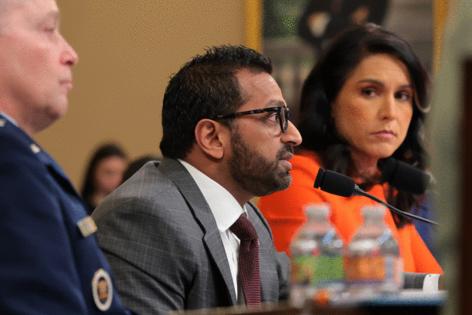


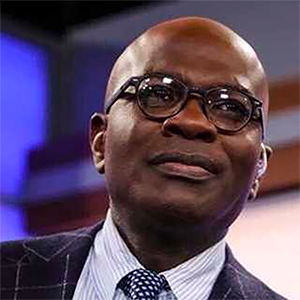

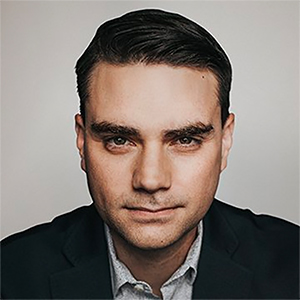

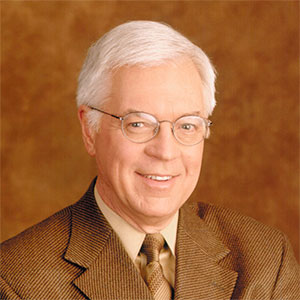

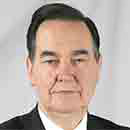

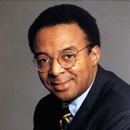




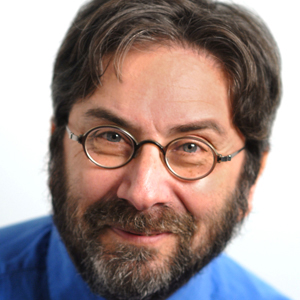

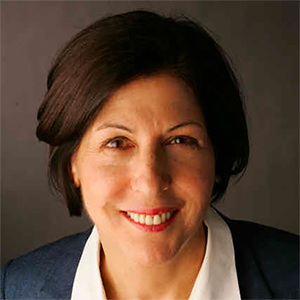




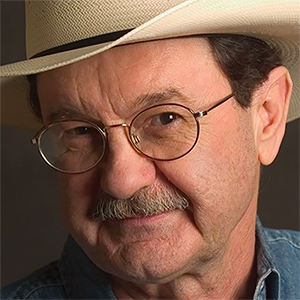


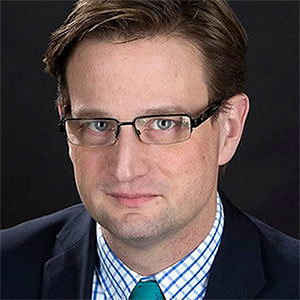
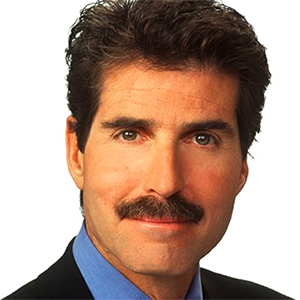
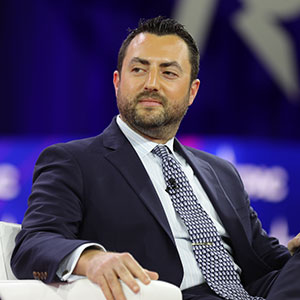
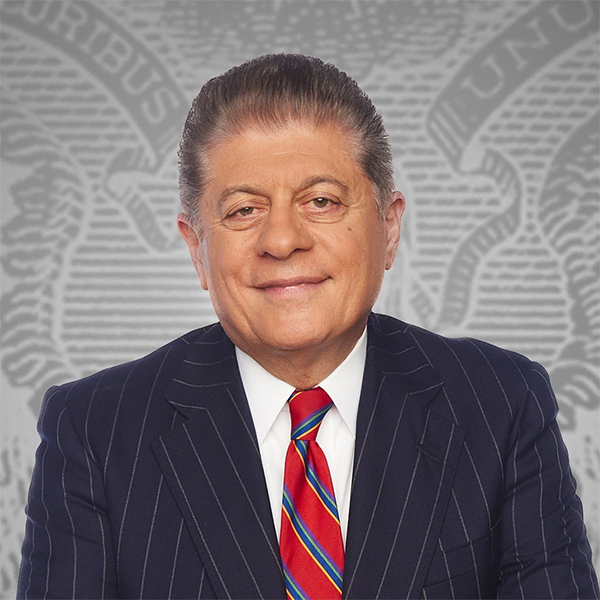



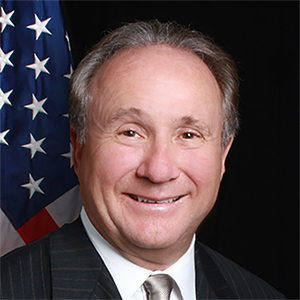

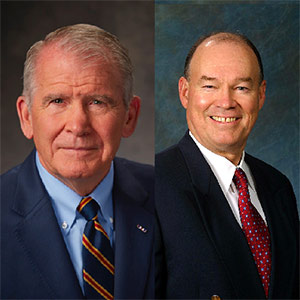



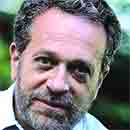














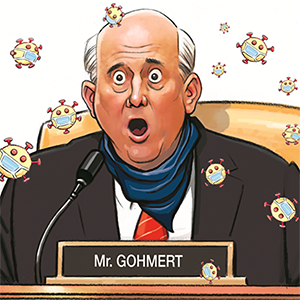
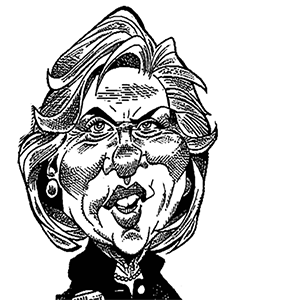
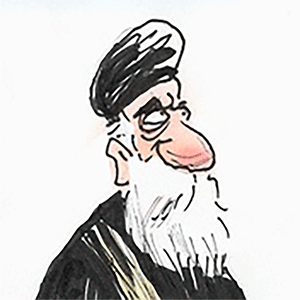


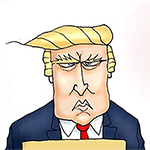
Comments